Kurenevsky flood, the most secret man-made disaster of the USSR
Categories: Catastrophes | History
By Pictolic https://pictolic.com/article/kurenevsky-flood-the-most-secret-man-made-disaster-of-the-ussr.htmlThe so-called Kurenevsky flood, which occurred in Kyiv in 1961, is considered the second largest man-made disaster after the accident at the Chernobyl nuclear power plant. Despite this, few people outside of Kyiv knew about it, since all information about the misfortune was strictly classified.
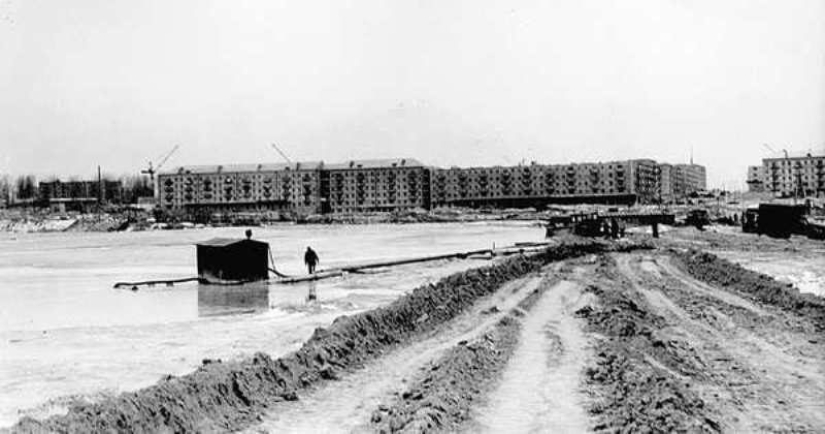
The Kiev flood was not talked about on the radio or written in the newspapers - the authorities tried their best to hide the fact of the terrible catastrophe, the blame for which lay entirely with the state. Today, it is customary to blame the Kurenevsky flood on Alexei Davydov, chairman of the Kyiv City Executive Committee. It was on his initiative that a large-scale construction waste dump appeared within the city.
But no one knows why a dangerous object appeared in close proximity to residential areas. Even fewer people accusing Davydov of criminal negligence know about the merits of this manager, thanks to whom the capital of the Ukrainian SSR received the Paton Bridge, a new circus, the first metro line and Boryspil airport. Davydov headed the city in 1947, when Kyiv was in ruins and Joseph Stalin personally closely monitored its successes in the first years.

The colossal construction project that Kyiv turned into in the 50s needed an equally large-scale dump of construction waste. The problem of storing pulp—liquid waste from brick production—was especially acute. Here Davydov made a mistake by allowing the organization of a training ground in the area of Babi Yar, very close to the densely populated, low-lying Kurenevka.
The slurry storage facility was held back by an embankment dam, the design of which was subject to serious design errors. First of all, the designers incorrectly calculated the pressure of the pulp on the hydraulic structure. This substance, semi-liquid and viscous, pressed on the dam with much greater force than ordinary water. It was also not taken into account that during snow melting and spring rains, the contents of the pulp storage facility increase significantly in volume due to the massive influx of water.
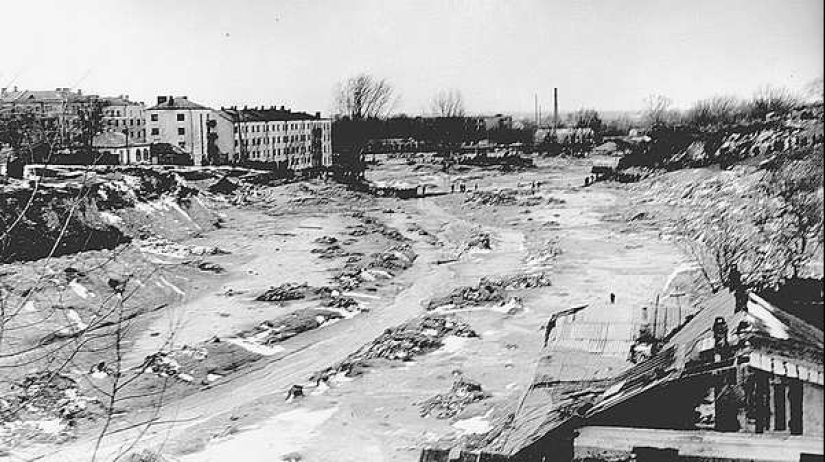
Kyiv is located on loess soils, which absorb moisture very poorly, so the water did not saturate the soil, but collected at the landfill, increasing the already enormous pressure on the dam. It also played a role that the local authorities, driven by the Moscow leadership, tried to complete the task as quickly as possible, which led to many violations and deviations from the already “crude” project.
Long before the disaster, the dam of the pulp storage facility, where waste had been dumped for almost 10 years, began to leak. Residents of Babyn Yar complained about dirty streams running through the streets and courtyards all year round, but the City Executive Committee misjudged the scale of the problem and decided that reconstruction of the structure could wait.

On March 12, 1961, the City Executive Committee began receiving alarming calls that the dam was literally cracking, and water was pouring through it in torrents. On the night of March 12-13, the situation worsened before our eyes, and on the morning of March 13, a terrible disaster occurred.
Kurenevka is a working-class district of Kyiv, and at 6 am life here was already in full swing. Some had just woken up, while others were already standing at the bus stop, waiting for their bus. On Frunze Street, closest to the ill-fated dam, water has been flowing in streams for the past few days, and few people have paid attention to the fact that the water in them has risen. Meanwhile, a kilometer higher, near the Spartak stadium, the flooding had already begun and the first houses of the private sector “floated”.

Local residents began to call the City Executive Committee and say that the dam was simply falling apart before our eyes, but it was too late to do anything. At 8.30 in the morning the dam completely burst and pulp poured into the resulting gap, forming a shaft 20 meters wide and 14 meters high.
Semi-liquid pulp mixed with solid construction waste, debris of houses and trees rushed towards the tram depot, where the working day had long since begun. Here all the high-voltage switches were turned on and no one even suspected that death was rapidly approaching.
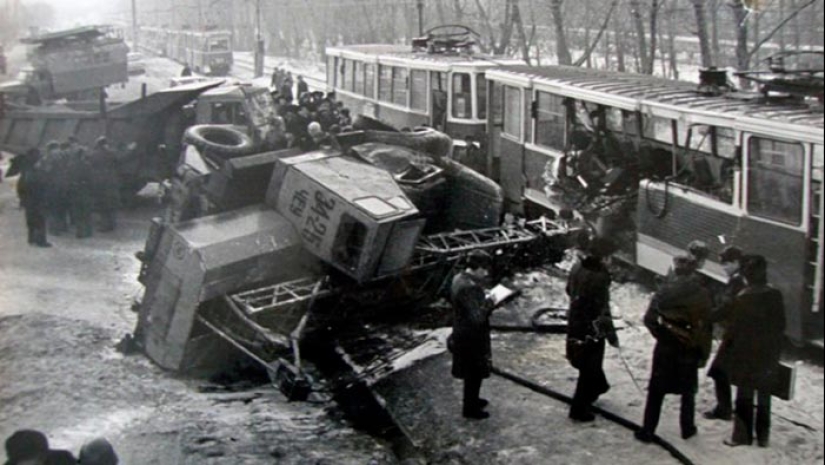
The pulp instantly filled the territory of the enterprise, destroyed some of the buildings and filled the surviving ones to the ceiling. People who managed to avoid death from drowning in the mud and among the rubble of buildings died from electric shock. The stream rushed further and burst into the streets where public transport ran. This is how eyewitnesses who miraculously survived told about the flood:
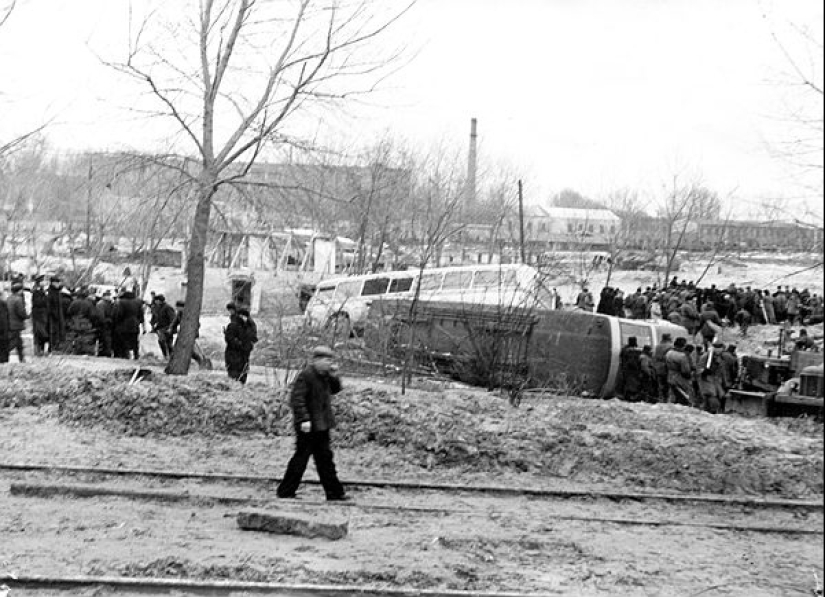
The Spartak stadium was filled to the brim with water. In some places, the liquid mud rose so high that it hid the wrought-iron fence underneath. The disaster completely covered the Kurenevsky district and there was nowhere to escape it. The heavy pulp effortlessly demolished brick buildings and overturned concrete ones. People died not only from drowning - a fairly dense substance squeezed them, causing asphyxia, and its dynamic pressure broke bones.
Those streets where the tsunami had not yet reached began to evacuate, but everything was extremely poorly organized, which further increased the number of victims. Troops urgently began to gather in the area, arriving on tracked and wheeled vehicles, which quickly found themselves captured by the viscous pulp.
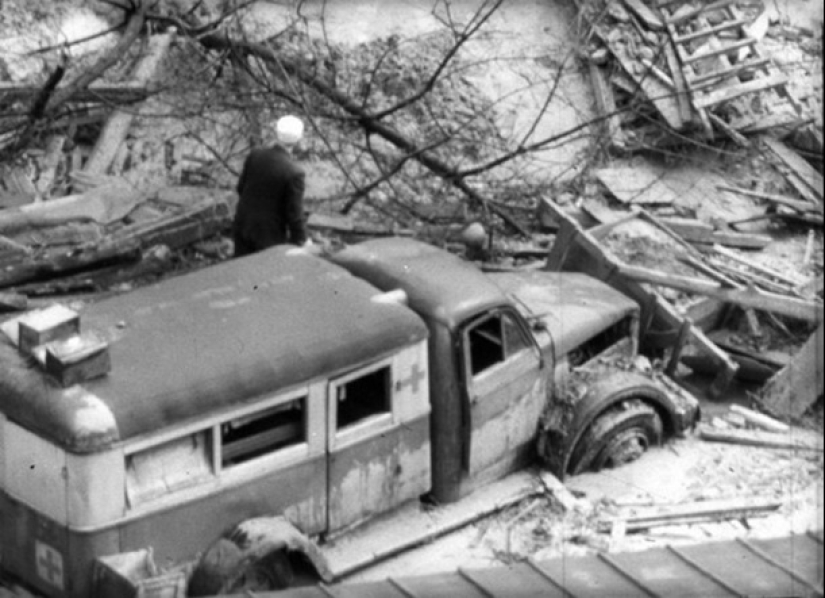
The properties of the substance that flooded Kurenevka significantly aggravated the situation. The pulp quickly dried out, turning into a dense monolith. People who found themselves under the rubble of houses were captured by the thickening slurry, which, as it solidified, crushed them and blocked their access to air. The captured people had practically no chance to survive.
According to official data announced by the Kyiv authorities, only 150 people died during the man-made disaster. But it was clear to all eyewitnesses that the death toll was significantly underestimated. Historian Alexander Anisimov, who has studied the man-made disaster for many years, claims that the pulp tsunami claimed the lives of at least 1,500 Kiev residents.
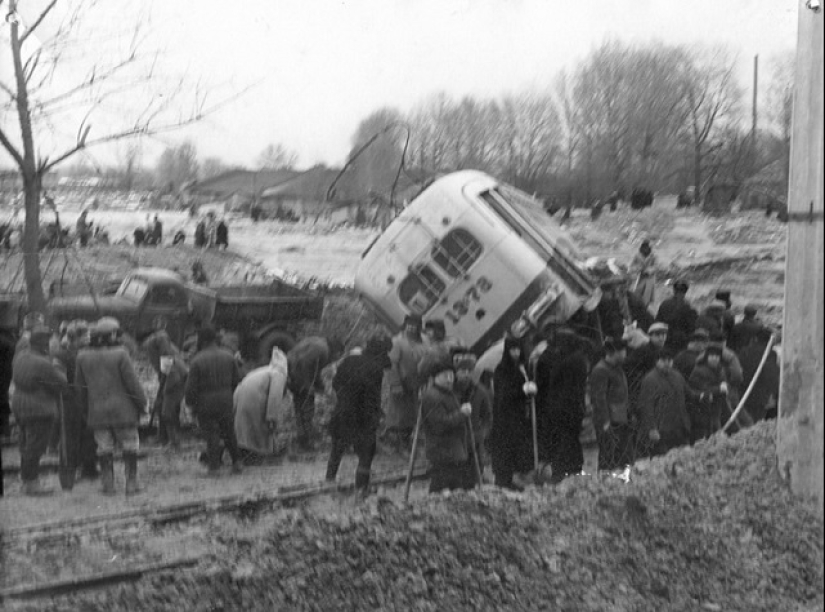
According to the official report, during the disaster, 68 residential and 13 administrative buildings, as well as 163 private houses, in which, according to the most conservative estimates, 1,228 people lived, were completely destroyed. There is no data on the dead and wounded in the official document, since it was decided to take maximum measures to hide the scale of the tragedy.
On March 13, long-distance and international communications were turned off in Kyiv, and the official statement about the disaster was made only three days later - on March 16, 1961. The dead were taken to morgues in different districts of Kyiv, and then buried in different cemeteries, without bothering to make an identification or notify their relatives and friends.
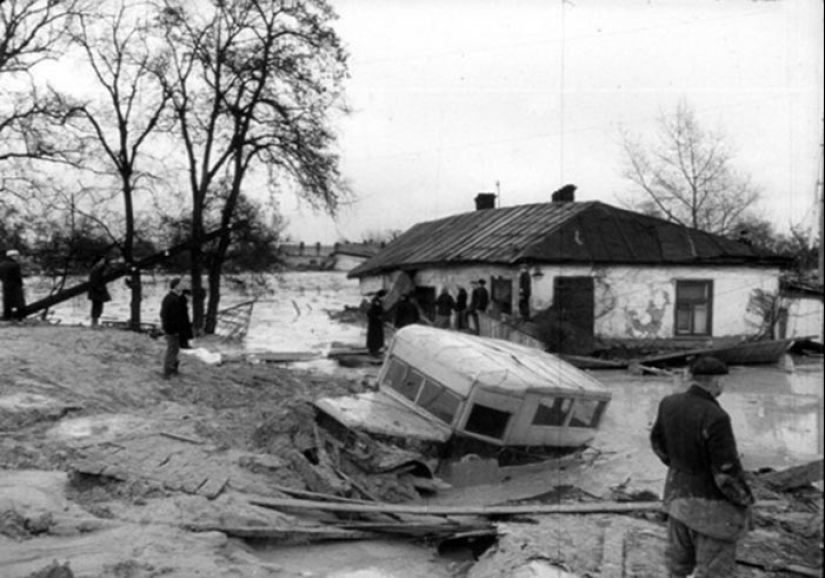
Different dates were indicated on the monuments, and entries in cemetery books were not made or were deliberately distorted. In the conclusion, they wrote anything about death except the true cause of death, so it may never be possible to establish the exact number of deaths.
The pulp that filled the streets of the Kyiv region began to be removed using construction and military equipment immediately after the pulp stopped flowing. This was done by soldiers who had no experience in eliminating the consequences of such disasters, which further aggravated the situation. The few survivors of the rubble died under excavator buckets and building structures moved by cranes.
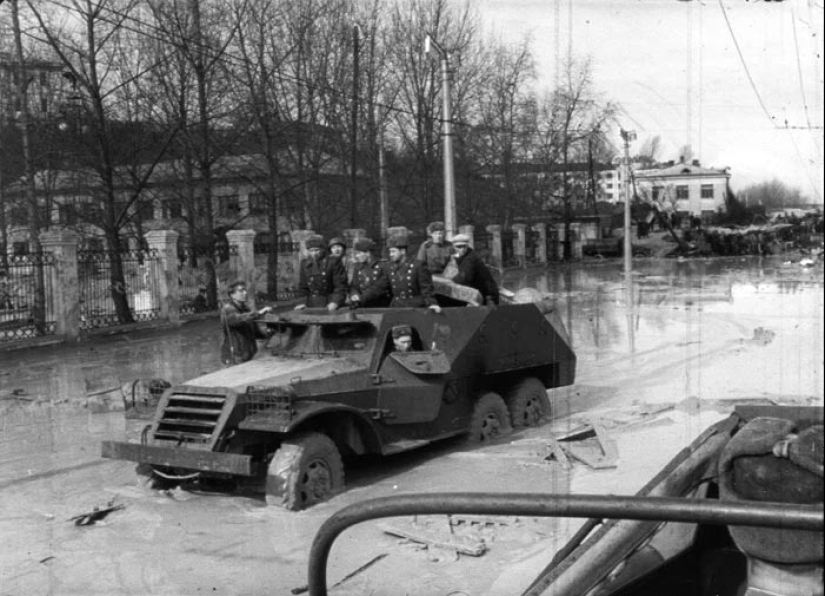
When it was all over, a commission from Moscow began investigating the man-made disaster. All actions were carried out in the strictest secrecy. It is known that six creators of the dam project were found guilty and were sentenced to prison. The investigation found that errors in the calculations of the structure's hydraulic dumps were to blame.
Recent articles

In Ancient Egypt, gods were revered, pharaohs were glorified, and majestic tombs were built. The builders of royal tombs were ...

Whether you are a tourist or a professional photographer, in both cases Lapland is a truly magical place. There is not only a very ...

Why should a coffin be a boring box if it can be ordered in the form of a lobster, fruit, bird or shoe? Residents of the African ...